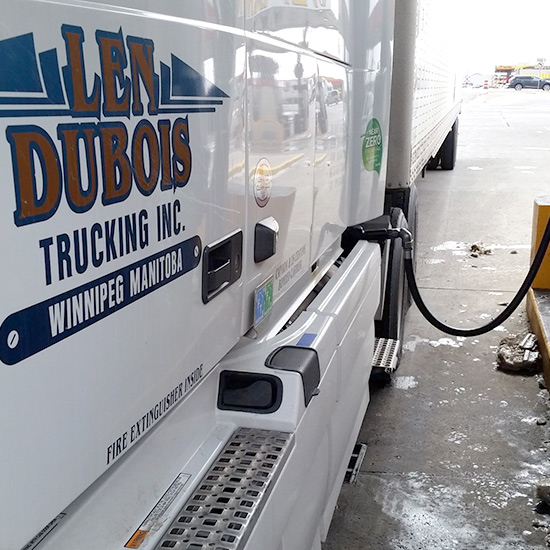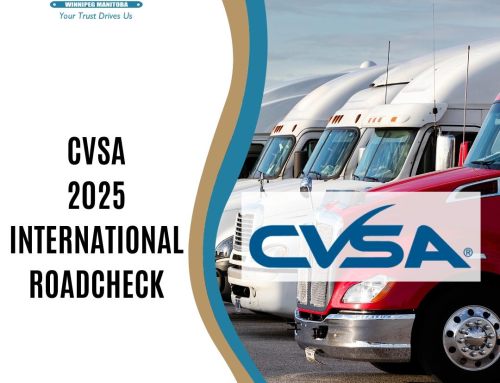 Saving Fuel & Money in Trucking
Saving Fuel & Money in Trucking
Trucking is a tough low margin business. Like any low margin industry, the profit lays in saving incremental amounts of money wherever possible. Professional drivers, and owner operators, who can operate more profitably are more valuable and can earn more money. And it’s not that hard to do.
Fuel cost is the largest expense where drivers and fleets can make a difference. Drivers and fleets can save a significant amount of fuel through some planning and good habits. There is no magic bullet solution that will save a lot of money in one step. Instead, it is several small actions that save a little bit at a time and add up to saving thousands of dollars per unit, per year.
The amount you can save through good habits, add up over time and is considerable. Achieving a 1 mile per gallon saving can add a thousand dollars straight to the bottom line per month, per unit. If you can get close to two miles per gallon saved can get close to a truck payment. Those are big numbers.
Good Fuel Saving Habits
Speed – Faster is not better. I know trucks are governed to limit speeds to 60 – 70 mph but that doesn’t mean you need to be up against the governor all the time. Setting a lower cruising speed will improve fuel mileage.
Shifting – This is less of an issue since automatic transmissions have become the norm. Auto-shift became popular because they do a great job, in most situations, of keeping the truck in its power range. Plus, they don’t miss shifts. Automatic transmissions do allow you to select the gear but it’s best to let it do its thing in most situations. Downshifting and taking a run at a mountain grade will use far more fuel than letting the truck operate efficiently.
Traffic Flow and Congestion – We all know there are bad times to drive in an area. Rush-hour through a major city, for example, can often be avoided with some planning. Reducing the amount of stop-and-go traffic will save you fuel, money, and frustration.
Reduce Idling – Idling can be thought of as short idle and long idle. Short idle is when you idle for 10 minutes or less. Every driver can eliminate short idling. Turn your truck off when you fuel or go into a shipper/receiver. The short idles quickly add up and add a surprising amount of idle time on your truck. That’s money blowing out of the stack.
Longer idling, such as overnight, can be reduce if you try. Using your bunk heater will reduce long idle time. You’ll still have some long idle time but reducing it whenever you can will add up quickly.
Proper Maintenance – Keeping up with preventive maintenance will help keep your truck running efficiently. Clean oil, fuel filters, air filters, and quality tires all keep your truck in tip-top shape. Take care of air leaks and check your tire air pressure consistently will add to your bottom line with fuel savings.
Best Fuel Prices – Two things about saving money with fuel prices. Most companies take advantage of fuel discounts through deals set up with retail chains. We use Pilot/Flying J. These programs allow our owner operators to receive the same discount prices. Fueling within that system is a direct per-gallon saving to our fleet.
Plan Your Fuel Stops – Fuel prices vary from region to region. Plan your fuel stops. You can use the apps from the truck stop chains to see the fueling options along your route. Keep in mind that the price received from fuel programs means that you may get a better price at different in-network stops than the retail price suggests. We put a list of preferred stops in our trip envelopes so drivers can try to plan and receive the best prices. You can always ask dispatch for fuel planning help so you can get the best price along your route.
Saving Fuel isn’t Difficult
Saving money on fuel isn’t difficult. We can see large savings by paying attention, taking consistent small actions, and planning. While each action individually seems insignificant, they add up over a month, a year, and the life cycle of the truck.





